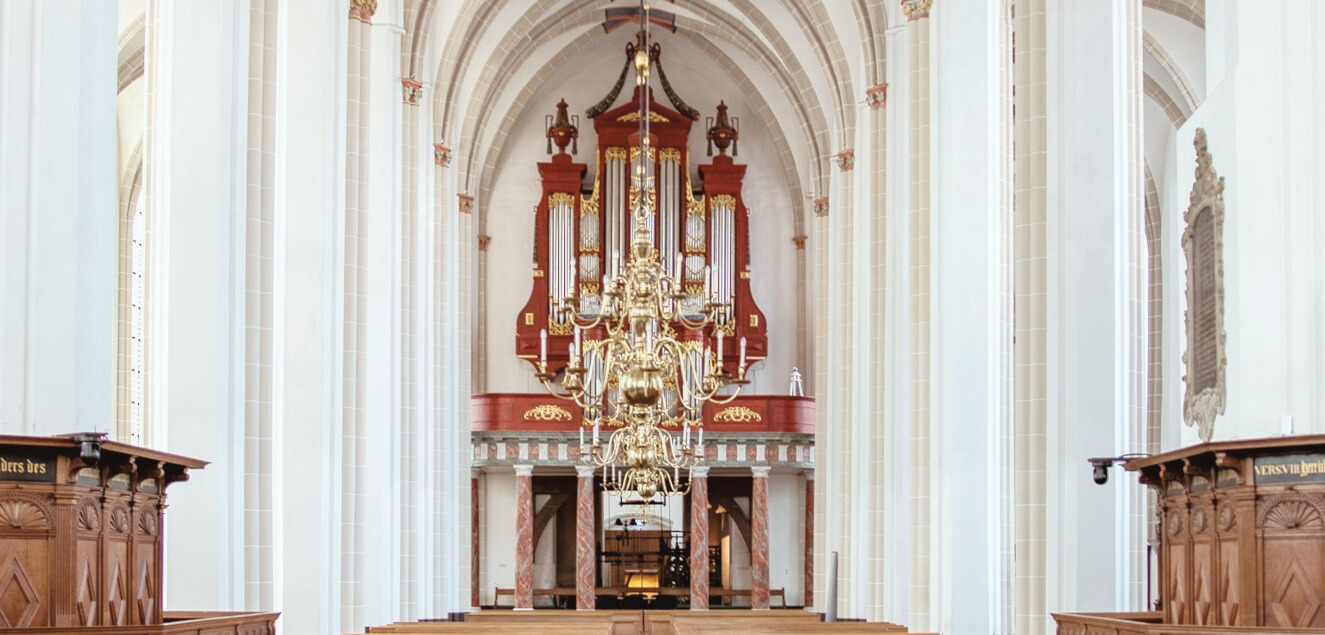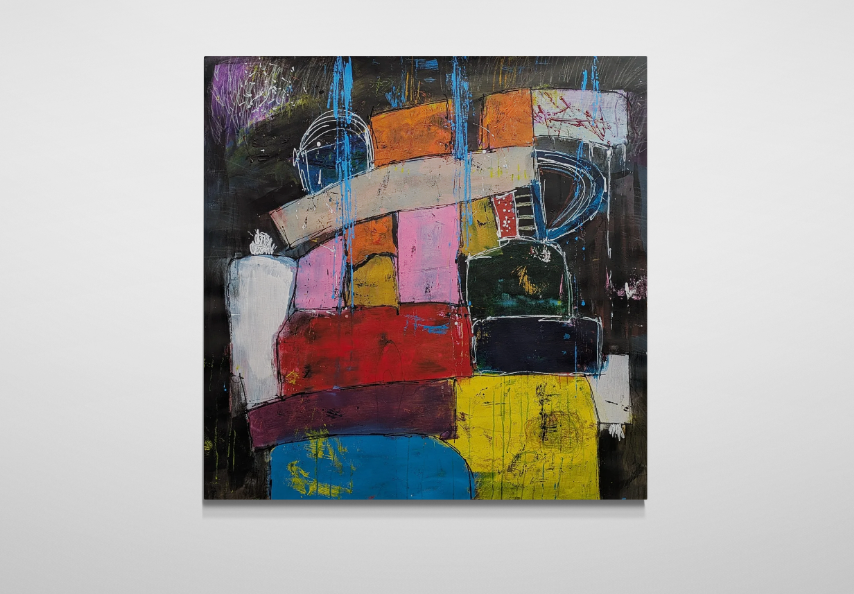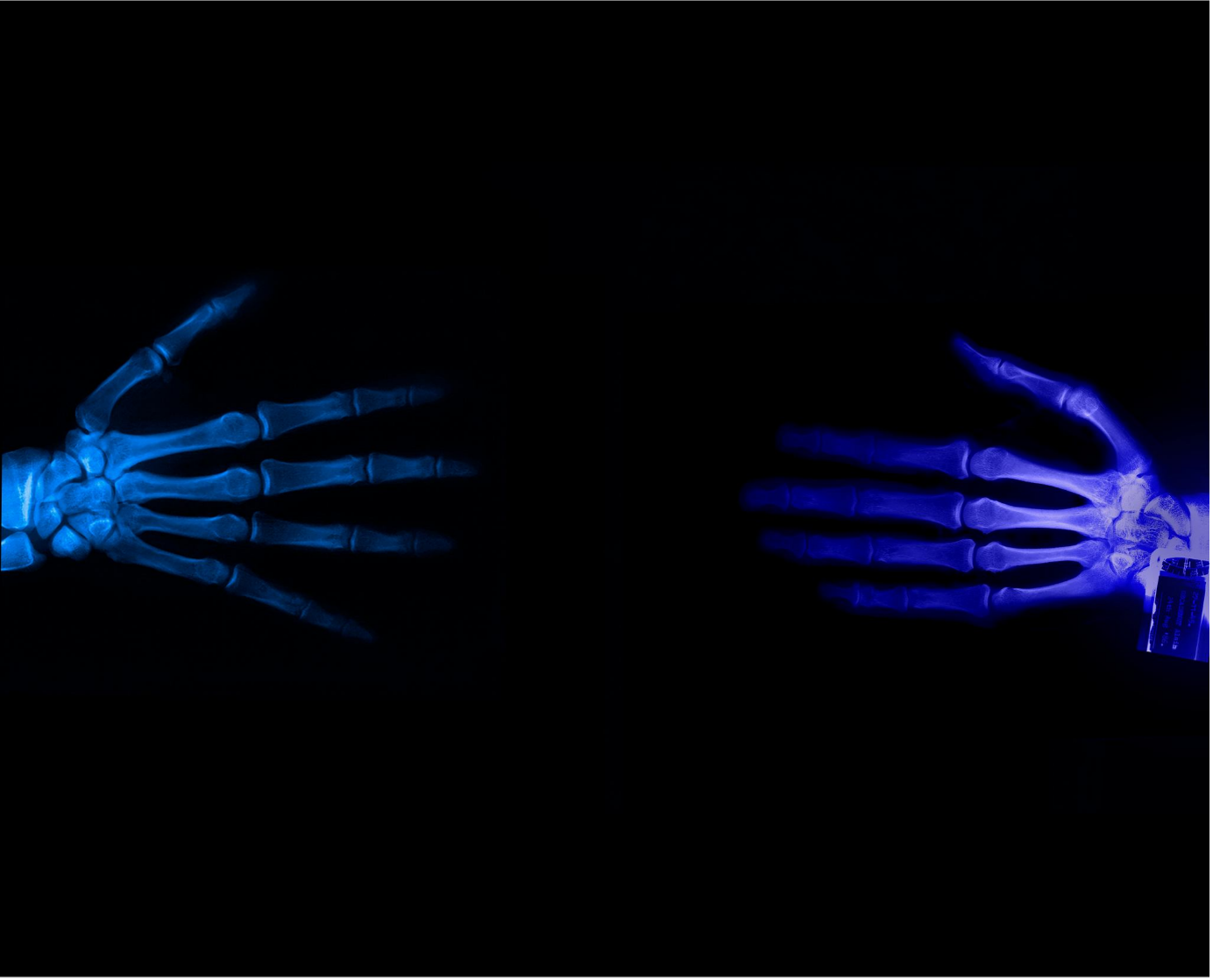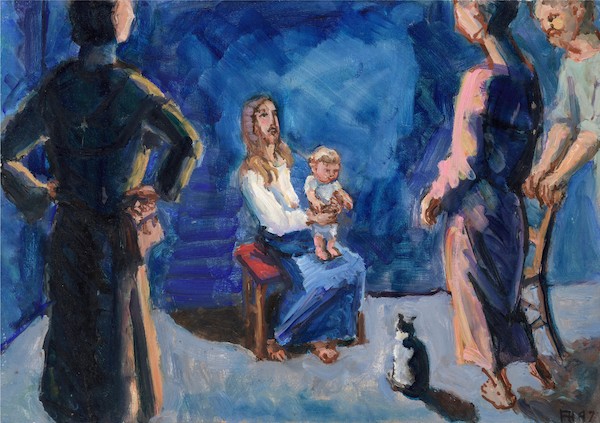There is a short documentary I like, which you can watch online, called Godspeed – The Pace of Being Known. It’s about a pastor who leaves his home on the west coast of the USA to take up a new role as a parish priest in a small village in the north east of Scotland. The film follows him as he adjusts to this new culture, and a new pace of life – one that he hopes will more closely resemble the pace at which Jesus would have lived.
As he gets to know his parishioners, he meets and befriends the most Scottish of stereotypes: a giant man in a kilt with long, wild, ginger hair. We then hear this man tell the story of the unusual way in which he “found God.” Not via a sermon, or a conversation with his new priest, or by reading the Bible. But by looking at a map.
Actually, it’s more specific than that – it happened by looking at the scale on the map. He was leafing through the first few pages of a Bible – where you often find those maps of first century Judea – and he noticed that the area in which Jesus was travelling about and preaching was not very big. In fact it was much the same size as the region of Scotland that he called home.
This said to him that Jesus couldn’t have been a charlatan. If he was duping people with magic tricks, clever words and mind games, he would have had to go from town to town, constantly on the move, in order to avoid being found out. He would have had to operate in a much larger area. The scale of the map said to him that Jesus must have been known by people. He must have had proper, authentic, meaningful relationships in the place that he lived. As such, this wild-haired Scotsman concluded, Jesus must be the real deal. The Light Of The World. The Prince of Peace. The King Of Kings. The Lamb of God. And all those other strange, monumental names.
I love this man’s story, and his way of seeing the world. It makes me think that not only must people have been compelled by Jesus, and loved him, but they must have liked him too. They must have wanted to hang around with him.
The Gospels tell us as much of course. He called people by their name and they dropped everything to follow him. He listened to them. He answered their questions. He told them stories. They invited him to weddings and parties and (I reckon) he probably stayed until the end, because he was accused of being a glutton and a drunkard (Luke 7:24). People must have thought that he was fun.
But we never get any sense of this in Christian art. At least not in the western art that I am familiar with. And that’s one thing that makes this painting The Marriage at Cana by Jan Cornelisz Vermeyen (c. 1530-1532) so special to me. It hangs in Amsterdam’s Rijksmuseum, surrounded by the more usual Jesus images of the Middle Ages and Renaissance: Madonna and child, the adoration of the Magi, the crucifixion etc. Around the room, he is saviour, teacher, miracle-worker, ruler, healer and scapegoat. But on this canvas, he’s the one who reignites parties.

I’ve not been writing about art for long. I’ve spent much of my working life helping organisations communicate what they care about, but lately I’ve felt compelled to write about what I want to write about, which is this: how art helps us explore life's big questions. I’m at the start of this journey, but I have already found that the images of Jesus to which I am drawn do not tend to simply reflect my own assumptions back to me; they show me something new. That is certainly the case here.
The painting certainly gives a pretty clear sense that this celebration is losing momentum. At the centre of the table, what looks like a deflated, overcooked chicken is in fact an empty wineskin. The newlyweds at the top of the painting are said to be John (writer of the fourth Gospel) and Mary Magdalen (as per a medieval belief about the wedding at Cana). John points to the wineskin and looks expectantly at Jesus. Mary Magdalen – rosy-cheeked and vacant – looks like she’s had enough wine already. In the top left, new disciples Peter and Andrew whisper to themselves, anticipating a miracle. And in the foreground Jesus’ mother Mary grasps the shoulder of the waiter who (presumably) is breaking the news that all the other wineskins are empty too. But Jesus gestures dismissively towards his mother, as if to say “what’s the problem?” Water is about to become wine.
Art historians tend to say this painting is special because the contrast between light and dark was so ahead of its time. But to me it’s more special because we rarely get to see this Jesus: staying up late in a low-lit room, drinking wine, listening to music, sitting shoulder-to-shoulder in intimate conversation with his closest friends and family. This scene affirms exactly what the Scottish man intuited: these people knew Jesus.
The absence of this theme on the walls of European art galleries reminds me that this is an absence I have often felt in church too. This kind of friendship – intimate, authentic, fun – has for me been much easier to find outside of church than inside. I think church folk (and I am as complicit as anyone here) have tended to replace the kind of friendship hinted at in this painting with small talk and niceties, which is like eating a crisp when what you really want (and need) is a hearty meal. We seem to leave so much of ourselves – mainly the bits we think others won’t like – at home. The net result is that church is often an easy place to make casual friends but a hard place to make good friends. We often don’t really know each other all that well.
But the Godspeed documentary has as its subtitle “The Pace of Being Known.” And there are two things I like about this. Firstly, it says that intimacy comes from slowing down. The priest at the heart of the story realised as much, and so he made a conscious choice to live like Jesus in the literal sense of walking most places, getting waylaid by strangers and hanging out with misfits. The second thing I like is that it is the pace of being known, not knowing. And this points to an obvious truth that I have often ignored – that when I allow myself to be a little more known by people, it disarms them, and they tend to reciprocate.
Put like this, creating the conditions for authentic relationships to grow at church (or anywhere) sounds quite simple: just slow down and open up. But to start to do this, the priest in the documentary first had to make a 5,000 mile house move – a geographic upheaval that is an apt metaphor for the emotional and cultural upheaval it seems to require of me and a lot of the Christians I know. And yet this painting, the story of the wedding at Cana, and the insights of a kilted man, affirm what we all know deep down anyway: the upheaval is worth it.
%20(1).png)












